
This article will look at what black mold is, why it’s bad, and how to fix or prevent it. We will also look at some basic facts around mold growth, health and wellbeing, and whether black mold is dangerous for everyone.
 What is Black Mold?
What is Black Mold?
Black mold is also known as Stachybotrys Chartarum, and it is a type of mold that can be dangerous to human health. The nickname “black mold” comes from its dark black or greenish color. Black mold has a more slimy appearance than other mold species that can grow more fluffy and tree-like. Although black mold is similar in appearance to other mold species like Aspergillus and Cladosporium, it grows somewhat differently and can have a more severe effect on health.
Where Does Black Mold Live?
Black mold likes to live in damp areas (as most molds do), and you can often find it behind kitchen appliances, embedded in walls, behind bathroom tiles, and in basements and attics. Black mold can grow pretty much anywhere that has moisture and cellulose-containing items like plywood, paper, cardboard, etc. You can also find black mold growing in hay, grains, and discarded outdoor gardening materials. Piles of damp old paper, books, and furniture that haven’t been cleaned or moved are vulnerable to black mold growth.
How Does Black Mold Grow?
Black mold, or Stachybotrys, grows similarly to all other mold species. It creates spores that land on surfaces, and if there’s enough food, moisture, and space, it will begin to multiply and grow. Black mold starts as tiny white fluffy spores, and as it grows, it starts to turn more greenish and then becomes black in the middle. When black mold matures, it takes on the dark black color. It also likes to grow in a circular pattern. By the time it develops, spores could be deposited in many areas in the home. Black mold spores, just like other species, can go dormant when no food or moisture exists. Black mold doesn’t grow very fast, which is a good thing if you are trying to prevent or remove this dangerous mold type. Often, you have to do a microscopic analysis of black mold to determine the difference between Stachybotrys and other mold species.
 Why Does Black Mold Make Us Sick?
Why Does Black Mold Make Us Sick?
Black mold produces mycotoxins that can cause illness in humans. Many mold species produce mycotoxins, but black mold can cause severe disease in certain people. Not everyone is prone to get sick from mold. Things like genetics, immune system strength, and other immune-compromising conditions are usually present in people who develop mold illness. However, even healthy people can get temporary symptoms from mold exposure like respiratory symptoms, headaches, and skin rash.
The problem with black mold is that it has been associated with more severe illness than other mold species. However, the research conducted on black mold illness has led to controversy as study design and methodology haven’t always been sound in these studies. Nonetheless, evidence suggests that some people can get severe pulmonary fibrosis, bleeding, cancer, immune system, and neurological dysfunction.
Symptoms of Black Mold Illness
The symptoms of black mold illness are often similar to the signs that develop when exposed to other mold species. These symptoms include:
- Headaches
- Rash
- Sneezing, congestion
- Brain fog
- Changes in mood and memory
- Asthma
- Sore throat
- Fatigue
- Chronic cough
- Bleeding in the respiratory tract
- Red, runny, and itchy eyes
These symptoms are general and don’t include more severe reactions. People with genetic issues or compromised immune systems can get very ill from Stachybotrys.
There was a case linking Stachybotrys, or black mold, to idiopathic pulmonary hemorrhage in infants. However, the evidence linking black mold with this condition wasn’t conclusive. Nonetheless, there were no other factors found to explain several cases of this condition, and so many people still wonder if Stachybotrys was the culprit.
Does Black Mold Make Everyone Sick?
Most people have some sort of reaction to large amounts of black mold. Often these reactions are temporary and relatively benign. However, a subset of people who have a genetic predisposition or a compromised immune system can get very ill. Some people can get severe lung, blood, neurological, and sinus illnesses. The problem is that it’s hard to tell which people will get very sick, so it’s best to prevent and remove black mold if it’s found in your home. Removal requires skilled and professional help as moving the black mold can be pretty toxic.
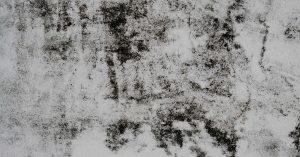 Does Black Mold Always Grow in Every House?
Does Black Mold Always Grow in Every House?
No, black mold isn’t found in every house, but it is a common mold and can be mistaken for other less dangerous molds depending on their age and appearance. Like many mold species, black mold grows in damp places where there is a lot of cellulose-containing material to eat. They especially love industrial areas where there’s a lot of space, undisturbed dampness, and lots to eat.
However, they are also frequently found behind paint and tile in kitchens and bathrooms as they like to feed on the insulation and subflooring behind the paint layer. Basements and attics are also places they grow but only if there’s cellulose-containing material. Nonetheless, even when all conditions are met, it doesn’t mean that every mold you find is black mold.
How Do I Know if I Have Black Mold in My House?
The only way to know for sure if you have black mold growing in your home is to get it properly tested. Black mold, or Stachybotrys, is usually included in a test by almost any mold testing company. However, when in doubt, always ask that their tests do include Stachybotrys Chartarum.
Also, black mold is routinely found by homeowners when they’re doing major renovations to kitchens and bathrooms or even bedrooms where there may have been a water leak at one point. Any area that has had water leaks is vulnerable to black mold. It’s imperative to have these areas tested and cleaned by a professional mold remediation company.
What Can I Do to Prevent Black Mold?
Any type of mold is difficult to remove once it begins to increase in any home area. And unfortunately, once mold starts to grow, it can spread to other areas as well. The best way to stop mold is to prevent it in the first place. As discussed above, be sure to fix and clean any areas damaged by water. Water leaks are the number one source of mold growth in any home or industrial site.
To prevent mold growth from any species, not just black mold, you have to avoid all conditions that help mold to grow. This means having good air ventilation throughout your home as it will keep all areas dry. Use fans and open windows at crucial times to get proper airflow through the house. Most kitchens and bathrooms have built-in fan systems, so be sure to use those. If the fans are not working in those locations, get them repaired. You can also use portable fans in key areas of the home to ensure airflow through the house or apartment. Also, you can use dehumidifiers or air filters with a built-in fan.
Be sure to remove clutter, especially in areas typical for mold growth like basements, attics, kitchens, bathrooms, and other damp areas. Many people like to store old memories, books, or unused furniture in basements and attics. Be sure that these places are kept dry, and that clutter is not kept in areas that are known to be damp. Adopting a minimalist lifestyle (or as minimal as possible) can help.
Another excellent mold prevention strategy is to use air filters and purifiers. They can grab spores out of the air, and some units can use UV heat to fry the spores.
Lastly, most mold species need free space void of other microbial competitors to grow and increase. There are products available now, like Homebiotic spray, that can add soil-based microbes to your home, which can compete with mold. Also, be careful with cleaning practices. You will want to declutter your home, but you don’t want to douse it in harsh chemicals as it will kill all the beneficial microbes that keep mold at bay.
How Can I Protect Myself From Getting Sick From Black Mold and Other Mold Types?
As discussed above, some people have genetic predispositions or compromising immune conditions that make them prone to getting sick from mold. However, even a healthy, strong person can get some mold illness symptoms. Preventing illness from mold may not be possible for certain people, which is why mold removal and prevention are so necessary.
However, there are a few things to consider when promoting health and preventing mold illness. For one, making sure that your immune system is healthy is good in preventing any illness. Eating well, sleeping properly, maintaining good mental health, and getting some kind of exercise are always suitable health-promoting activities. We can also improve our microbiome by healing leaky gut or taking probiotics to maintain gut health. Research shows that proper gut health has a significant impact on how well our immune system performs.
Lastly, for children, research shows that exposing them to different microbes and allergens at a young age can help build their immune system and prevent sensitivities to things like mold. So we shouldn’t be afraid to let our kids play on the floor, get out in nature, and interact with pets. These things help build their immunity and make them stronger.
 Can Black Mold Affect Pets?
Can Black Mold Affect Pets?
Unfortunately, pets are very similar to people, and they can also get sick from black mold. Pets usually have robust immune systems, so they are not likely to get seriously ill unless, just like humans, they have a compromised immune system. In this case, pets can get respiratory symptoms, skin rashes, nosebleeds, and other mold illness symptoms.
How Do I Get Rid of Black Mold?
It’s imperative to get rid of mold safely and professionally. This is because mold is rather delicate, and when you disturb or move any part of it, spores and small pieces of mold can fly into the environment. This is when mold exposure is the most dangerous. Also, moving spores and bits of mold can encourage it to take up residence in another area of the house. For this reason, you will want to consult a professional mold remediation company. Their services may be expensive, but it’s worth it so that you or your family don’t become exposed to toxic mold or spread it around.
What Products Can Help Me Prevent Black Mold?
It’s possible to clean some mold species using hydrogen peroxide and wiping it away, but when it comes to black mold, it’s recommended not to touch it at all. Instead, inquire about proper removal. However, you can do a lot to prevent black mold from growing in the first place. As stated above, be sure you have adequate ventilation. You can look into purchasing some fans to help with this.
Since mold prevention often requires decreasing moisture and stopping the spread of spores, products like dehumidifiers and air purifiers with proper filters can be beneficial. A dehumidifier can considerably reduce moisture and dampness in a home. You may only need one unit for a small house. If you have a damp basement, you may need to put one dehumidifier unit down there and another one upstairs. Dehumidifiers don’t kill mold; they just reduce moisture, thus preventing mold from growing in the first place.
You can also invest in a good air purifier with a HEPA filter. These units can do an excellent job in cleaning the air and will grab mold spores as well. Unfortunately, air purifiers, even with HEPA filters, can’t kill mold. However, you can get an air purifier unit that also contains a UV or UV-c light. These units can not only grab mold spores but fry them up with the heat. This is a good option for those wanting to prevent or kill mold. Unfortunately, none of these products will kill active mold infestations; you will need to hire a professional remediation company for that.
 What Kills Black Mold?
What Kills Black Mold?
It can be pretty challenging to kill black mold or any mold for that matter. But professional mold remediation companies can remove mold very effectively. Once black mold begins to grow inside the home, the only option is mold removal and remediation. After that, you can help prevent further growth by following the prevention advice given in this article. While UV and UV-c light can kill mold spores, they can’t kill black mold growing on walls or other areas of the home.
Summary
In summary, yes, black mold is bad, and you don’t want it growing in your home. However, black mold doesn’t always grow in every house. If you happen to see mold somewhere, don’t panic, as there are many mold species. Also, black mold is not dangerous all the time and for everyone. However, the risk is high enough that you’ll want to learn about black mold and how to prevent or fix it.
This article gives plenty of facts and information about preventing and fixing black mold should it become a problem in your home. There are lots of ways to stop this problem from becoming a problem. After all, education is key to preventing any problem. When in doubt, consult a professional mold testing and remediation company if you suspect you have black mold in your house. And be sure to look into all the prevention strategies mentioned n this article.
References
https://www.ncbi.nlm.nih.gov/pmc/articles/PMC145304/
https://pubmed.ncbi.nlm.nih.gov/11770686/
https://www.ncbi.nlm.nih.gov/pmc/articles/PMC2828207/
https://www.cdc.gov/mold/faqs.htm
https://www.sciencedirect.com/science/article/abs/pii/S1471490615000022
https://www.jacionline.org/article/s0091-6749(02)00092-1/fulltext
https://www.wholebodymicrobiome.com/
https://erj.ersjournals.com/content/44/Suppl_58/P1187
https://www.jacionline.org/article/S0091-6749(13)01564-9/fulltext
https://journals.plos.org/plosone/article?id=10.1371/journal.pone.0064133
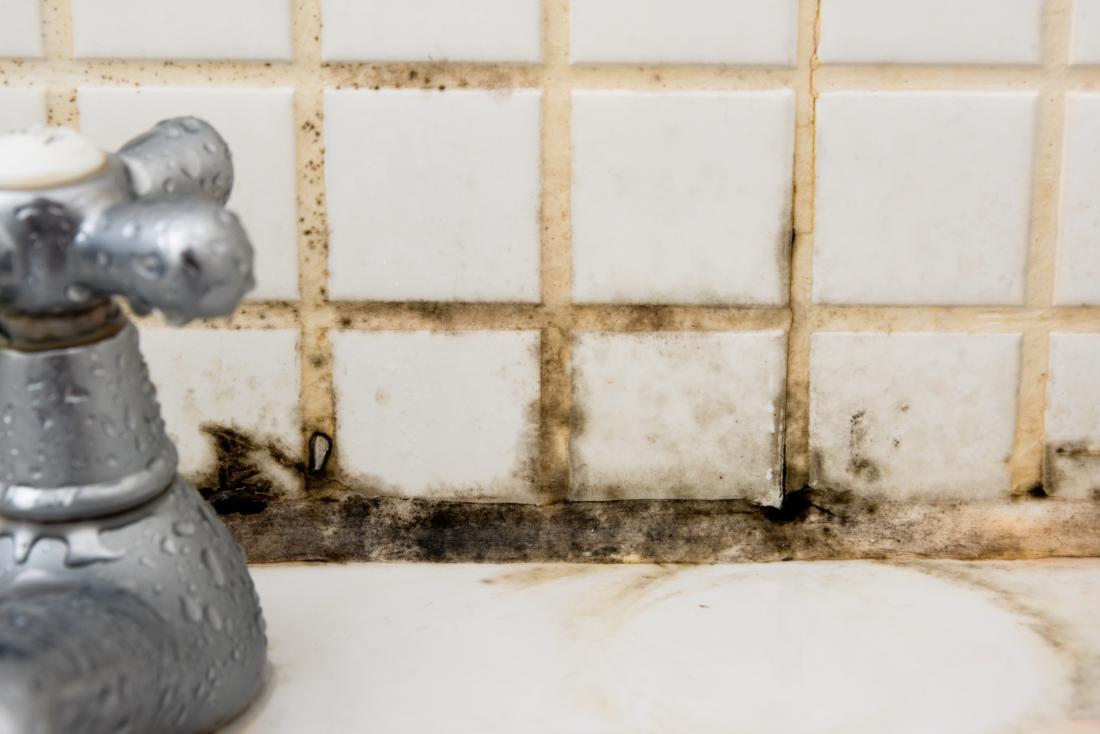
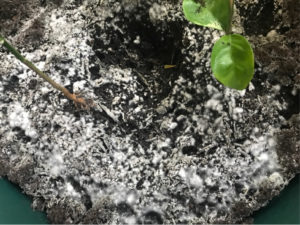



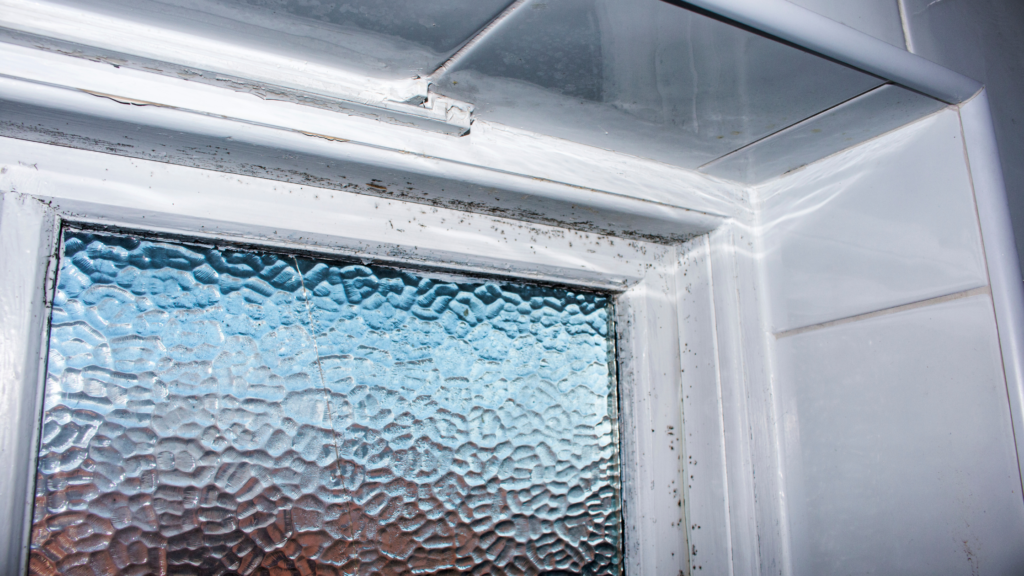


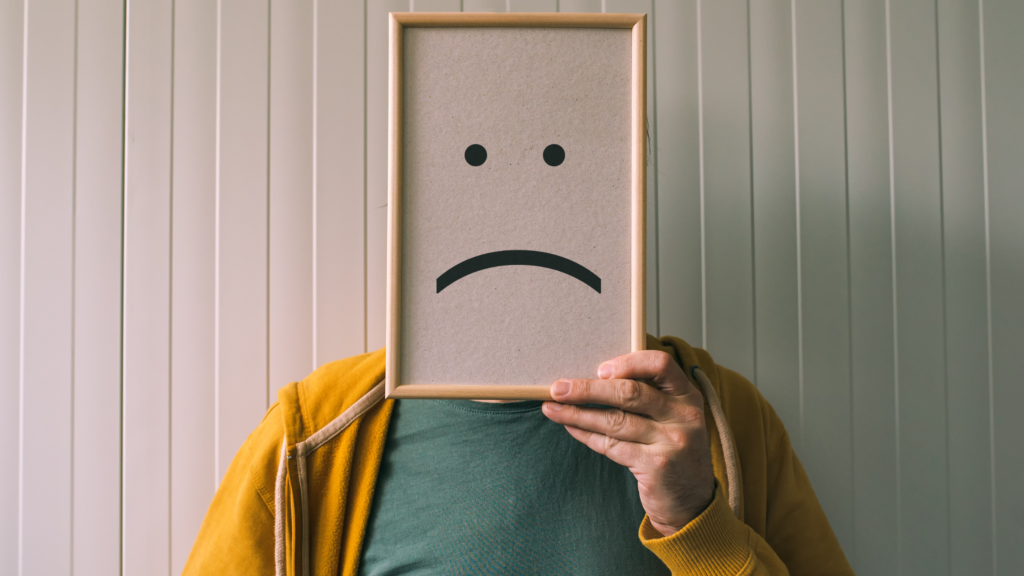
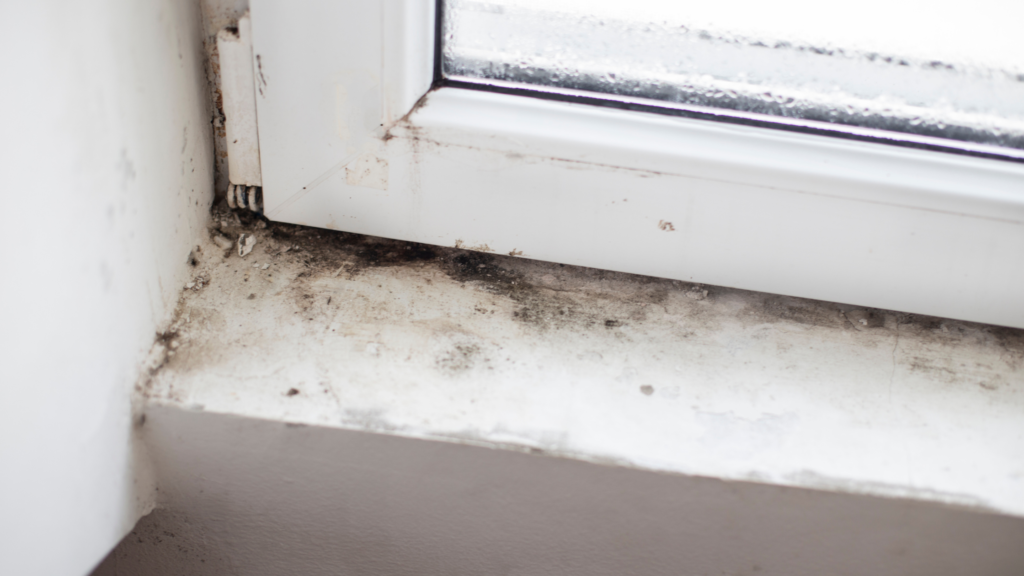


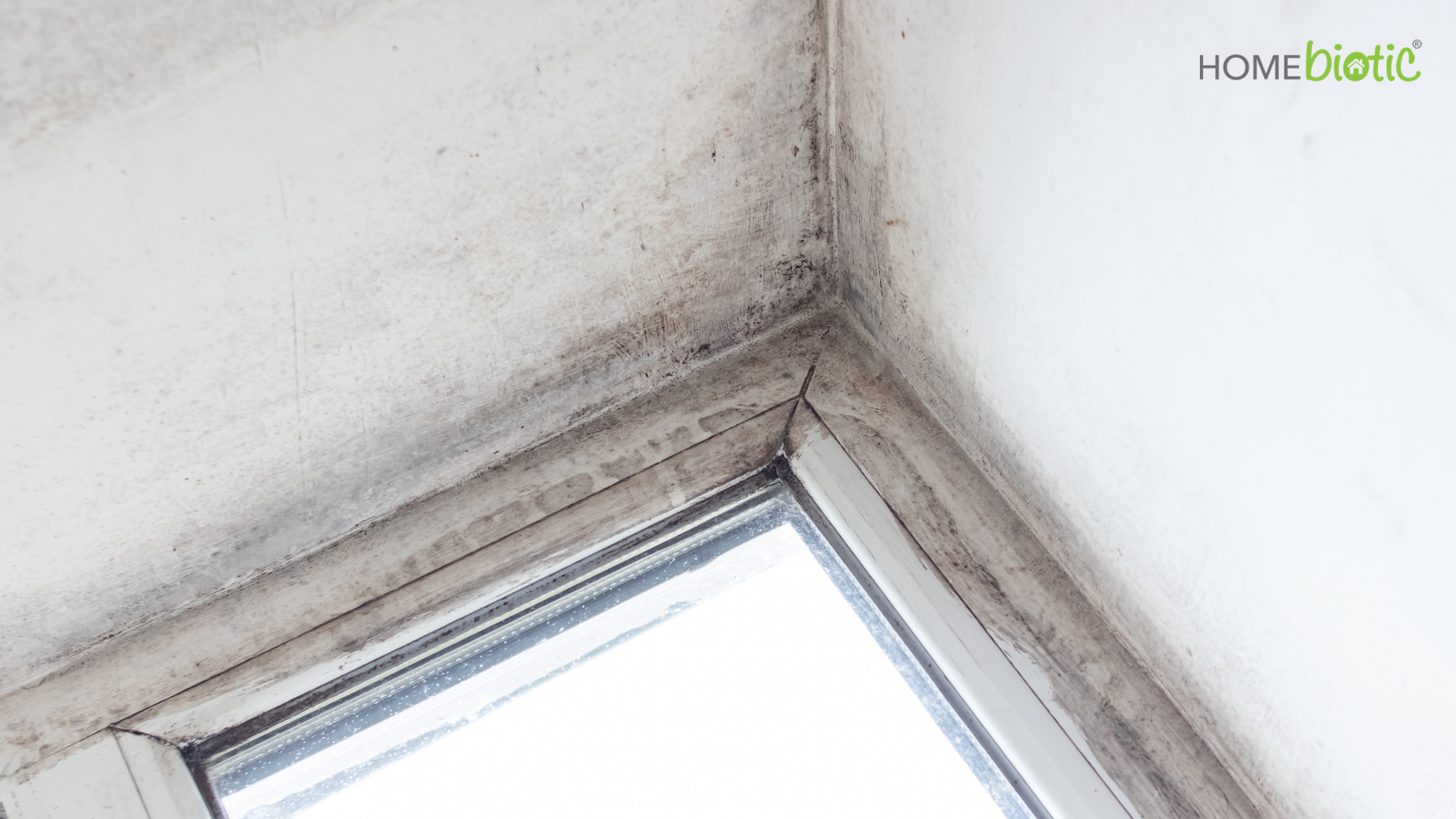
 Can I Use Soap and Water on Mold?
Can I Use Soap and Water on Mold? What Symptoms of
What Symptoms of 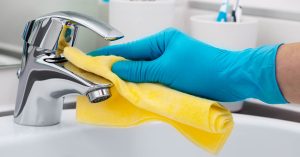
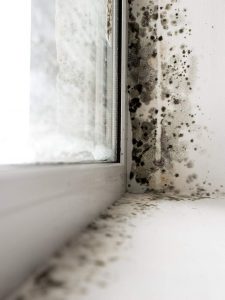 How Do I Kill Mold Growing All Over My Basement?
How Do I Kill Mold Growing All Over My Basement? Do Bugs Eat Mold?
Do Bugs Eat Mold?
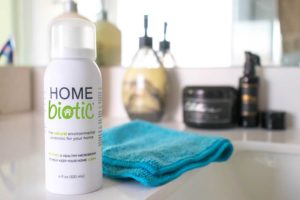 The other way to prevent mold growth is to take care of your home microbiome. As stated above – bacteria, microbes, and critters all compete for space and food, so the more microbes you have the less mold may be a problem. You can foster a home microbiome by not overcleaning or using harmful cleaners as this will kill the existing microbiome. You can also look into products like
The other way to prevent mold growth is to take care of your home microbiome. As stated above – bacteria, microbes, and critters all compete for space and food, so the more microbes you have the less mold may be a problem. You can foster a home microbiome by not overcleaning or using harmful cleaners as this will kill the existing microbiome. You can also look into products like 
 What is Black Mold?
What is Black Mold? Does Black Mold Always Grow in Every House?
Does Black Mold Always Grow in Every House? Can Black Mold Affect Pets?
Can Black Mold Affect Pets?
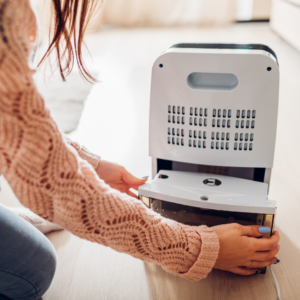
 Will A Dehumidifier Kill Mold?
Will A Dehumidifier Kill Mold?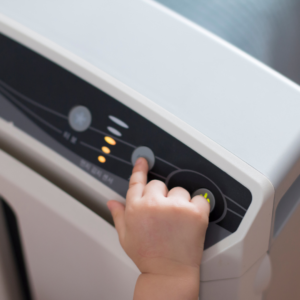 What Type Of Dehumidifier Is Best To Get Rid Of Mold?
What Type Of Dehumidifier Is Best To Get Rid Of Mold? Which Type Of Humidity Grows Mold?
Which Type Of Humidity Grows Mold? Will Mold Die If Moisture Is Removed?
Will Mold Die If Moisture Is Removed? Is A Dehumidifier Enough For Dealing With Mold?
Is A Dehumidifier Enough For Dealing With Mold?
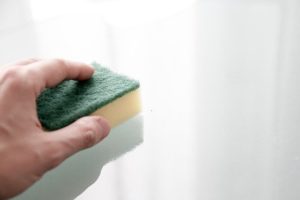 Using Bleach To Clean Mold
Using Bleach To Clean Mold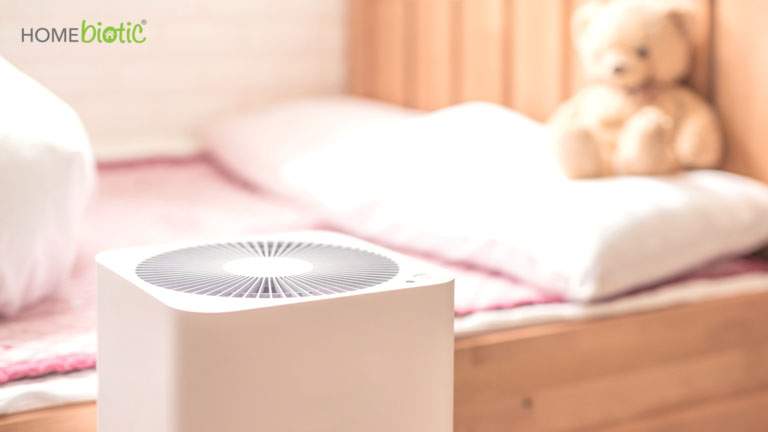
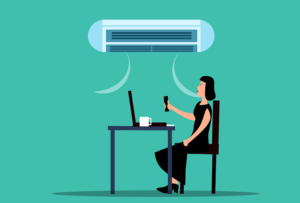 Do Air Purifiers Work?
Do Air Purifiers Work?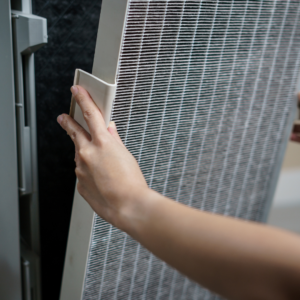 Do Mold Spores Grow Inside Air Purifiers?
Do Mold Spores Grow Inside Air Purifiers?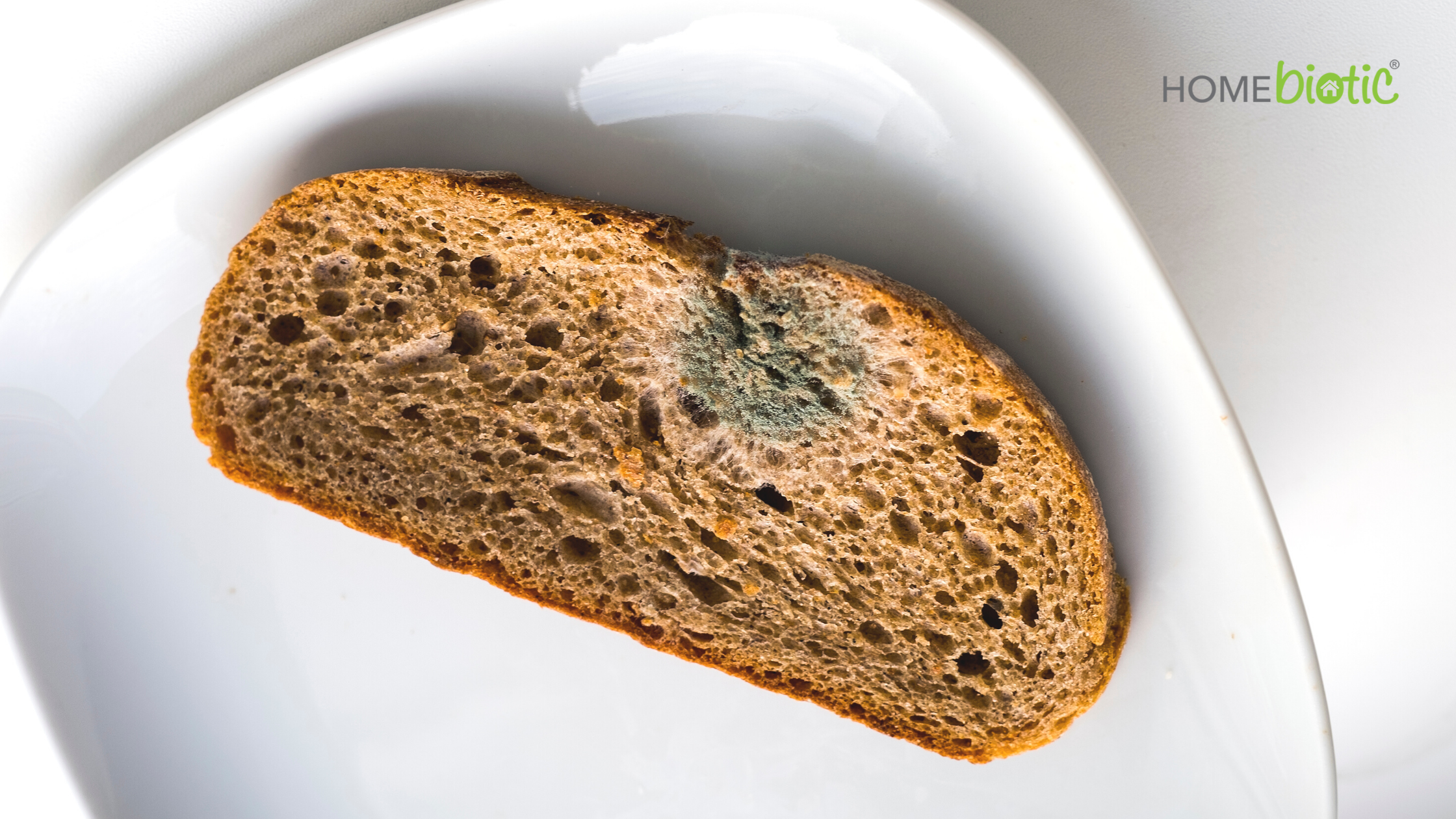
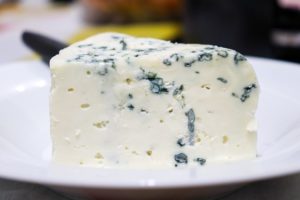 Food Created With Mold
Food Created With Mold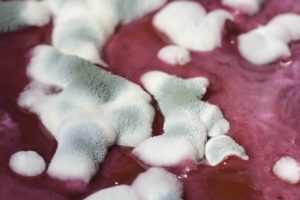 Food That Has Gone Moldy
Food That Has Gone Moldy


